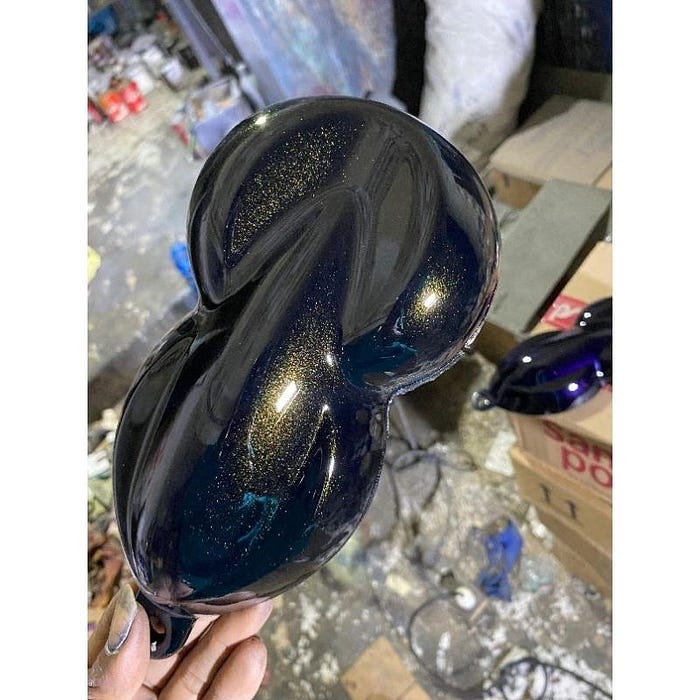F. Scott Fitzgerald’s The Great Gatsby, Virginia Woolf’s Mrs. Dalloway, Ernest Hemingway’s In Our Time, Sinclair Lewis’ Arrowsmith, Aldous Huxley’s Those Barren Leaves, Agatha Christie’s The Secret of Chimneys....
More here, at Duke's Center for the Study of the Public Domain:
The BBC’s Culture website suggested that 1925 might be “the greatest year for books ever,” and with good reason. It is not simply the vast array of famous titles. The stylistic innovations produced by books such as Gatsby, or [Kafka's] The Trial, or Mrs. Dalloway marked a change in both the tone and the substance of our literary culture, a broadening of the range of possibilities available to writers....From that BBC article:
The brutality of World War One, with some 16 million dead and 70 million mobilised to fight, had left its mark on the Lost Generation.... The solid external world of the realists and naturalists was giving way to the shifting perceptions of the modernist ‘I’...
[Gertrude] Stein responded to her immersion in the Parisian avant-garde by writing The Making of Americans, which was published in 1925, more than a decade after its completion. In over 900 pages of stream-of-consciousness, Stein tells of “the old people in a new world, the new people made out of the old,” and describes an American “space of time that is filled always filled with moving”....
In New York, Countee Cullen, Langston Hughes, Zora Neale Hurston, Claude McKay, Jean Toomer and other writers of the Harlem Renaissance were given a definitive showcase that year in the anthology The New Negro, edited by Alain Locke....
The Great Gatsby, published in 1925, gives a portrait both tawdry and touching, as Gatsby remakes himself in a doomed attempt to win the love of the wealthy Daisy Buchanan.
The tarnished American Dream also was central that year to Theodore Dreiser’s naturalist masterpiece, An American Tragedy. Dreiser based the novel on a real criminal case, in which a young man murders his pregnant mistress in an attempt to marry into an upper class family, and [spoiler alert!] is executed by electric chair.....
John Dos Passos’ Manhattan Transfer introduced the cinematic narrative form to the novel. New York, presented in fragments as if it were a movie montage on the page, is the novel’s collective protagonist, the inhuman industrialised city presented as a flow of images and characters passing at high speed. "Declaration of war… rumble of drums... Commencement of hostilities in a long parade through the empty rainlashed streets,” Dos Passos writes. “Extra, extra, extra. Santa Claus shoots daughter he has tried to attack. Slays Self With Shotgun."...
.jpg)


